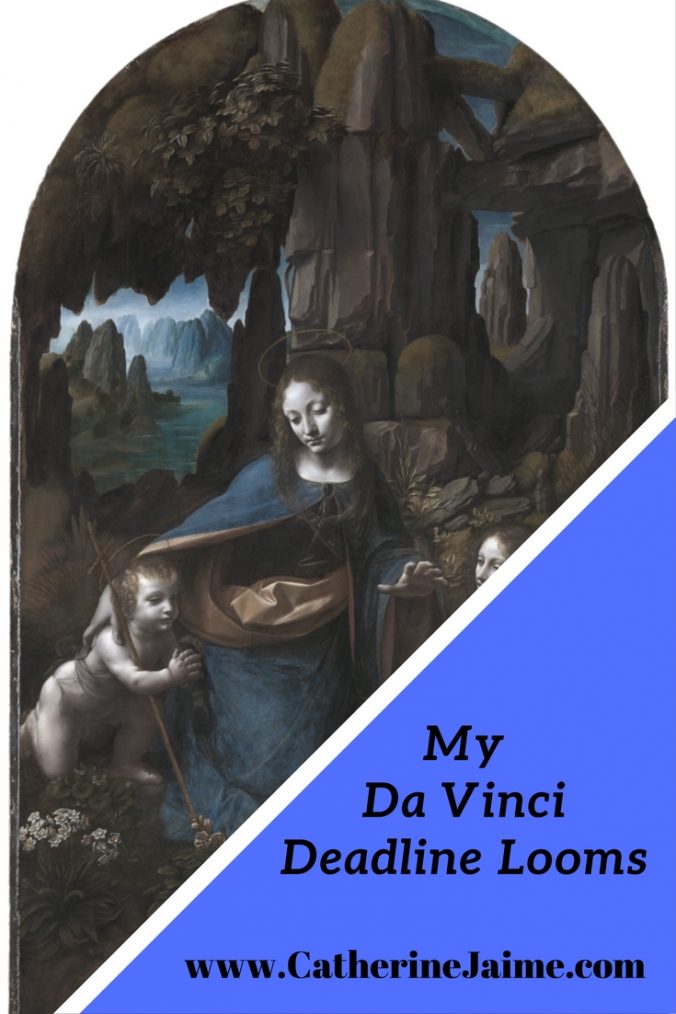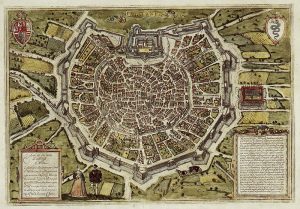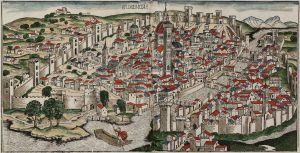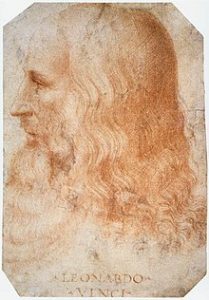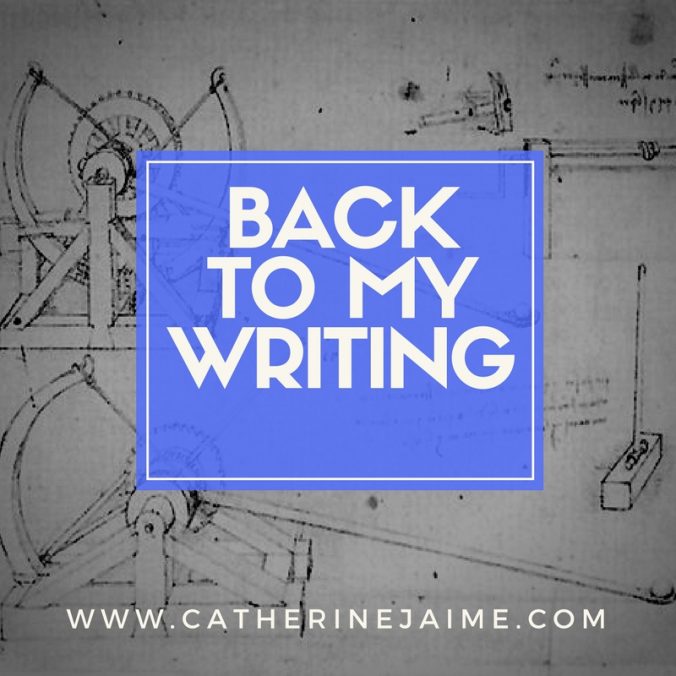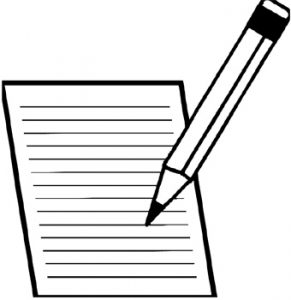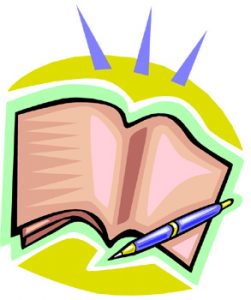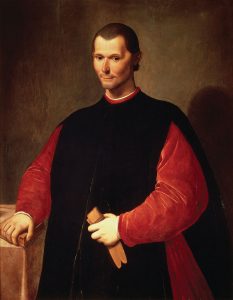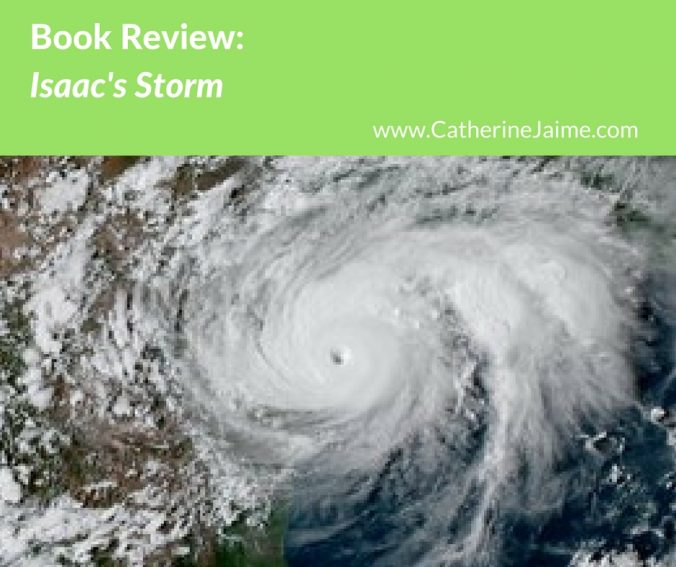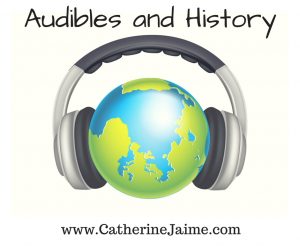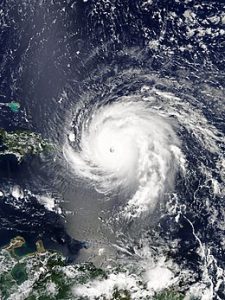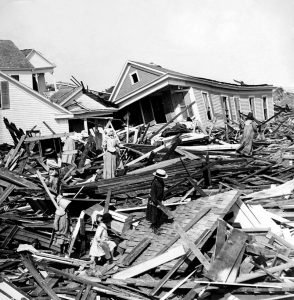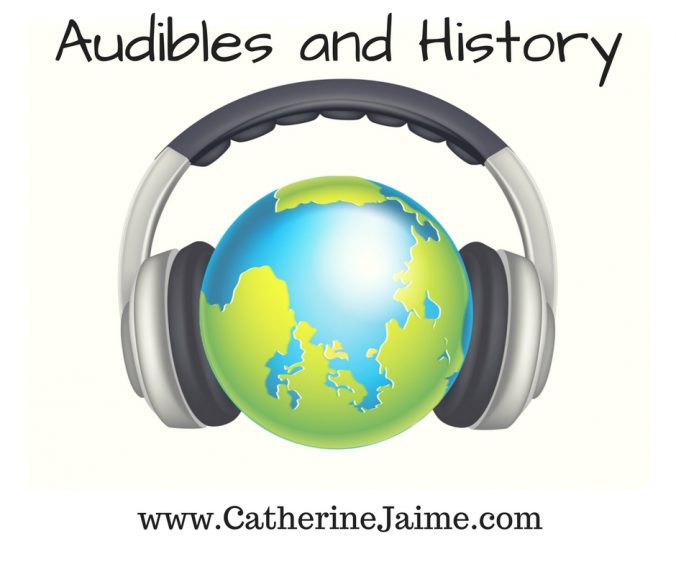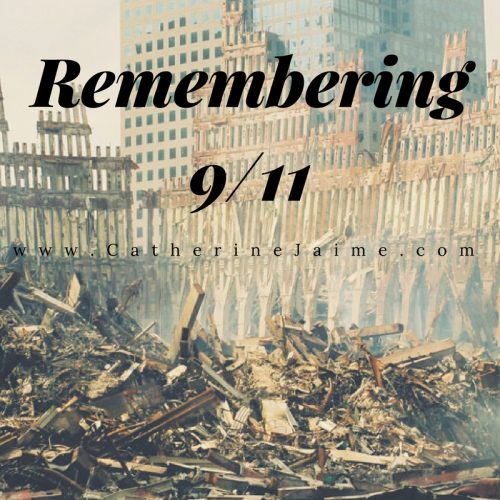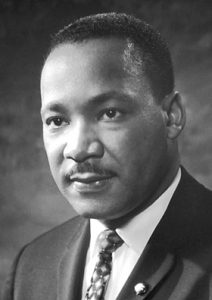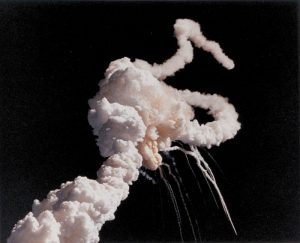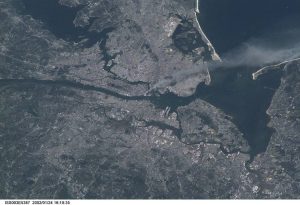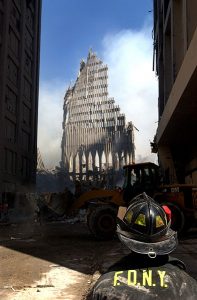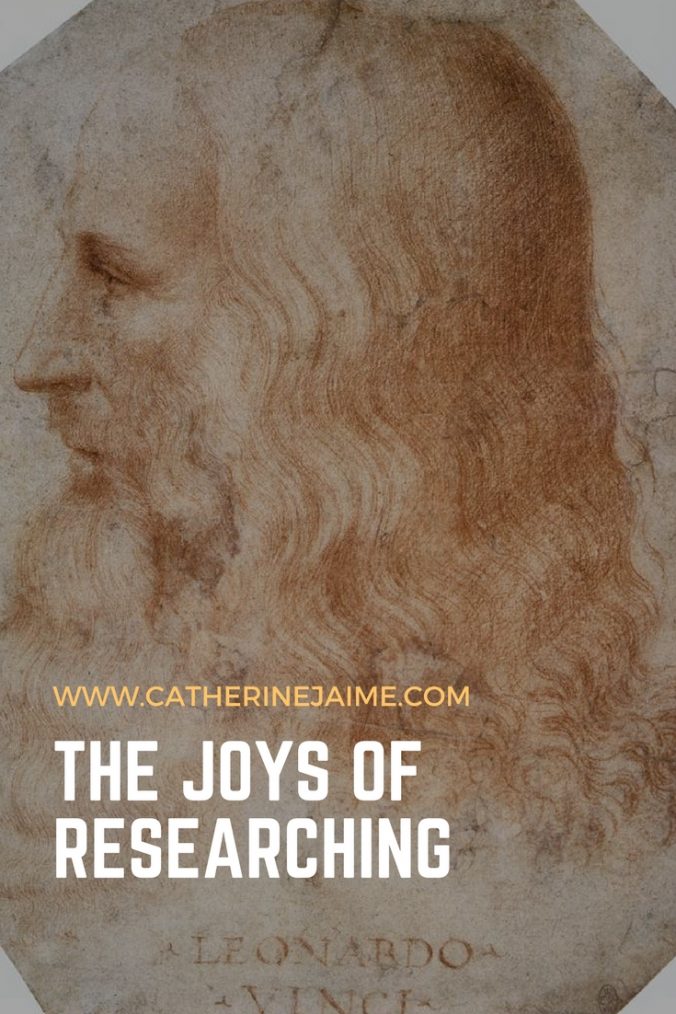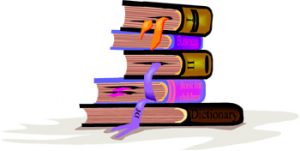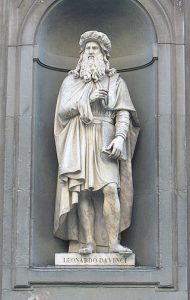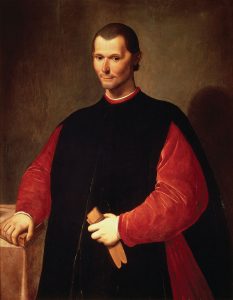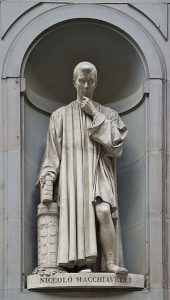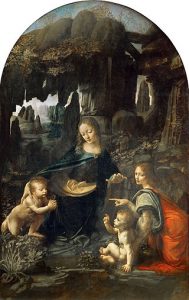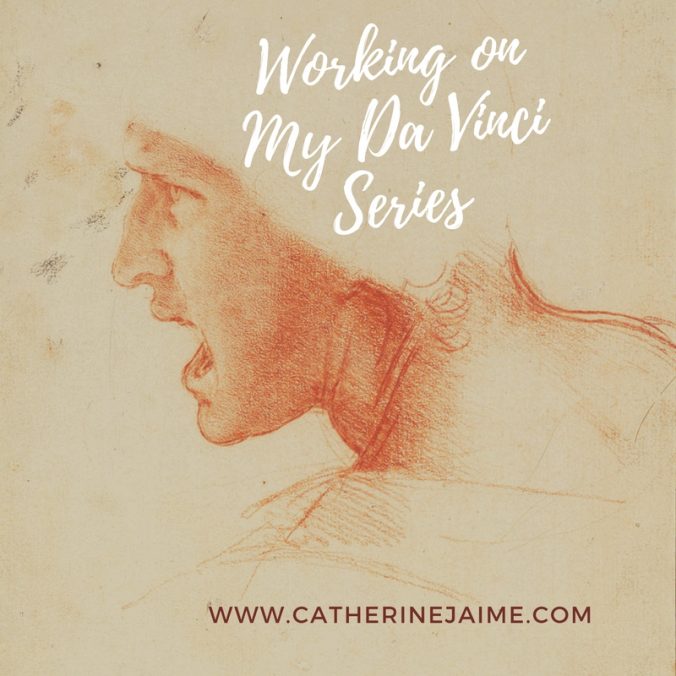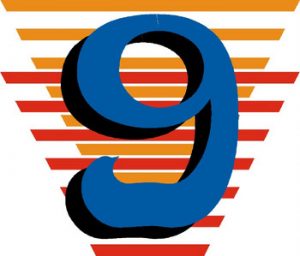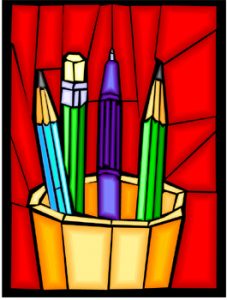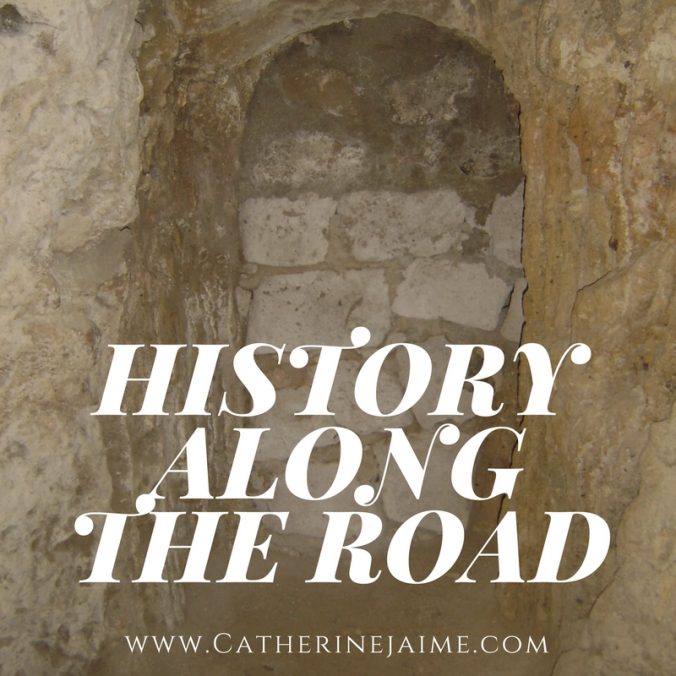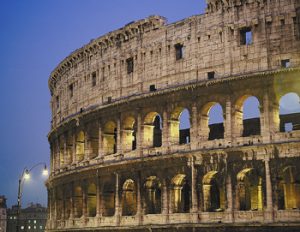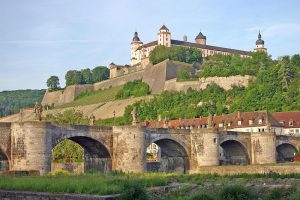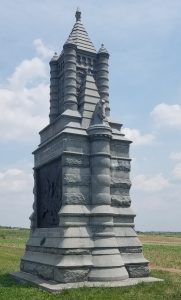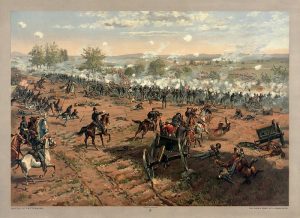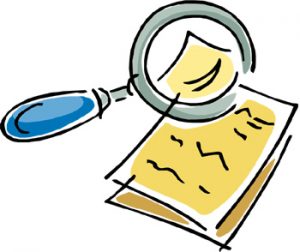I’ve written many times about my love of history and also about how much I enjoy Audible books. Recently a friend with a new Audible account asked me for recommendations. After confirming that she liked history-related books, it was fun to go through my massive Audible library (400 books and counting) to find recommendations that met three conditions:
- They were history-related.
- I had finished them.
- I enjoyed them. (Generally if I finish a book, it’s because I enjoyed it, but there have been a few exceptions!)

Some of my Favorites
Several of these books, like the first two, are ones that I went looking for intentionally, either for research or because I had recently heard about them somewhere. Many others were ones I discovered through one of Audible’s many sales. As you can see, while there are several topics I come back to again and again, I read and listen to a wide variety of history-related books.
These are the titles that rose to the top of my history list, in the order that I listened to them:
This book on the history of the Biltmore was actually the first Audible book I ever bought! I’ve listened to it at least twice.
I listened to this book after reading the original book on The Monuments Men; both are great looks at what happened to many pieces of important art work during WWII.
The subtitle says it all: The Gripping Story of an Esteemed Rare-Map Dealer Who Made Millions Stealing Priceless Maps.
Again, the subtitle explains it well:
A different type of WWII story – “The Incredible True Story of a WWII Airman and the Four-Legged Hero Who Flew at His Side”
An excellent Civil Rights book – “How Liberals Make It Harder for Blacks to Succeed”
Another good Civil Rights book – this one primarily about a black doctor who “dared” to buy a house in a “white section” of Detroit – and the events that surrounded that basic decision.
I had mixed feelings about this book. It’s a story of the Titanic – told from LOTS of different perspectives. Overall it was good; I liked seeing what was happening from the viewpoint of such a variety of people. But there were two “characters” we could have done without – the rat and the iceberg. Listening to both of those “speak” throughout the story took away from the overall book for both my daughter and I when we listened to it. (I think if I had been reading it instead of listening, I would have started skipping those parts – but that doesn’t work so well with an audio book!)
This Civil Rights book covers “The Press, the Civil Rights Struggle, and the Awakening of a Nation” – and includes a side of the Civil Rights (the press) that I had never thought about.
A great story of a special dog serving alongside the Marines – a great story for those who enjoy stories about the military or about dogs!
I vaguely remember reading this biographical story when I was in high school, but I know I got much more of it listening to it as an adult. Mr. Griffin recounts the months he spent in the segregated South of the 1960’s as “a black man.” It is really powerful (and sad) to see, feel, and hear his experiences throughout his work and travels across the South. I noticed that a recent reviewer had said of the book that “it didn’t age well” – and was no longer relevant. I have to humbly disagree!
A fascinating story of George Washington’s spy ring during the American Revolution
Another wonderful Civil Rights book that I only discovered because it was a daily deal – “The Epic Story of America’s Great Migration”
From what I could tell this book is not technically historical fiction – but it’s a very good story that’s been placed in a historical setting – late 17th century New England. For a feel of the time and the location, while enjoying a compelling story, I can strongly recommend this book.
This nonfiction book has another great subtitle to give you an idea what it’s about: “A Search for the World’s Most Creative Places from Ancient Athens to Silicon Valley.”
Okay, so this one is probably pushing it to be on a list of recommended history books. Like Crow Hollow it is really just historically set – only this one is set in 1950’s England. But I did enjoy the story and it still felt historical, so I’ve included it anyway.
- Basilica by R.A. Scotti – Subtitle: “The Splendor and the Scandal: Building St. Peter’s”
Maybe just a tad too much emphasis on Michelangelo (what can I say, I’m not a Michelangelo fan!). But, I’ve listened to it all the way through twice so I obviously didn’t hate it. If you are interested in the history of St. Peter’s in Rome, this is a great place to start!
A powerful biographical story of a professor that brings Shakespeare to a maximum security prison. As someone who loves Shakespeare as much as history, it is encouraging to see prisoners relating to Shakespeare.
Again, the subtitle pretty much tells it all – “The Incredible Wartime Rescue of the Baghdad Zoo.” Another great book for anyone who likes stories of animals AND military.
The three different books in this trilogy are amazing. They follow three slaves (related by blood or circumstances) during the American Revolution – and give us a completely different perspective on the war than what we normally see. (I got Chains as a special deal at some point, and couldn’t wait to buy the second and third books as soon as I had finished each of the previous ones!)
Okay, so maybe this is another one on my list that isn’t strictly history. But it has history in it, as Olsen does an amazing job unpacking Tolkien’s work, how he came up with his characters, and much of what he was doing in his well loved story. If you like The Hobbit at all, you should really consider listening to this book!
This book gives an international perspective of history and economics. I enjoyed listening to it very much!
Such a good book! Describing the work done by the speech therapist that helped King George VI overcome the speech defect that had threatened to ruin his ability to lead his country before and during WWII.
I have read at least a dozen of Shaara’s book, on everything from the Mexican War to the American Revolution, World War I and World War II. All were exceptional! The first one I listened to was A Blaze of Glory . It was at least as good as all of the ones I had read.
This series takes place throughout Europe, but it is mainly set in England, in the years between WWI and WWII. (Again, I don’t think it is technically historical fiction, though it has quite a bit of history throughout.) The series starts with Her Royal Spyness (I have listened to them all, usually as soon as they are released!)
My Recommendations are for Other Adults
Because I only write family-friendly books, and am always on the lookout for other family-friendly books, I do feel the need to include the following caveat – I am NOT recommending these books for students. I haven’t listened to most of them in quite a while, so I just can’t say one way or another about that category of listeners or readers. I don’t have much of a tolerance for violence, bad language, or “bedroom scenes,” so I can guarantee that all of these titles are either lacking completely in those, or they are pretty close to it. But I generally listen to these on my own or with adult children – so I am not prepared to recommend them for younger folks!
 The Great Courses and History
The Great Courses and History
I listen to a fairly eclectic selection of books – a variety of fiction and non-fiction, and have a special place in the reading portion of my heart for the various lecture series that Great Courses produces. So I’ve include a variety of those below that meet the above guidelines:
Helpful Suggestions?
My hope is that one or more of these titles will interest you. (Most of them are available as Kindle and paperback versions, too, in case you don’t consume your books in audio form as much as I tend to do.)
Happy reading and listening!
Cathy


